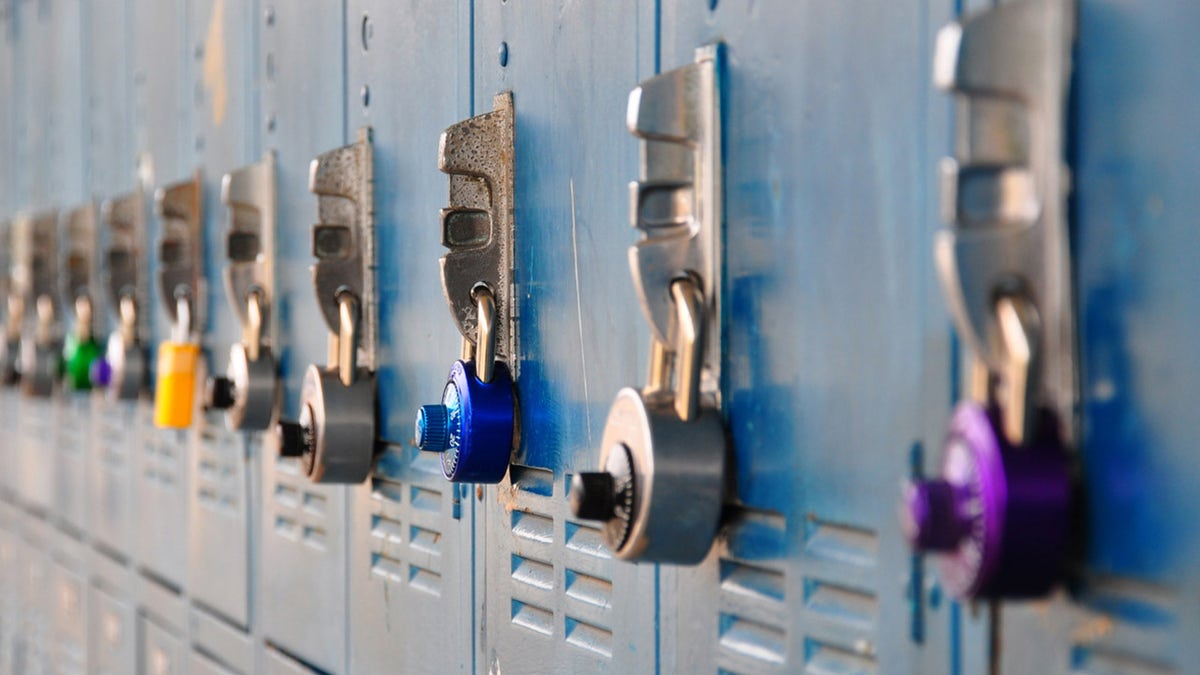The recent dialogue between Elon Musk and Vivek Ramaswamy concerning high-skilled immigration through H-1B visas underscores a critical point: a robust domestic education system would lessen our reliance on imported talent. This conversation, endorsed by President-elect Trump, should prompt a deeper examination of America's educational shortcomings and how to cultivate talent within our own borders.
The "nation's report card" paints a concerning picture. A significant portion of eighth graders lack proficiency in core subjects like math and reading. Internationally, the U.S. occupies a middling position in math rankings despite substantial per-student spending. These results raise serious questions about the effectiveness of our current educational investments.
One key area for improvement is resource allocation. Economic research consistently points to inefficient resource allocation as a major obstacle to both national economic growth and the effectiveness of educational services. Optimizing resource use in public education could have a ripple effect, benefiting the entire nation.

Addressing America's educational challenges should be a priority in tackling the immigration issue. (iStock)
President-elect Trump's focus on government efficiency, spearheaded by Musk and Ramaswamy, aligns with the urgent need to address waste in the public school system. With over $900 billion spent annually on education, the dismal returns demand a thorough review of spending practices and outcome assessment.
However, federal funding represents only a fraction of total public school expenditures. The bulk of funding originates from state and local sources, necessitating a comprehensive understanding of the root causes behind declining student performance. Administrative bloat appears to be a significant contributor. While student enrollment has seen modest growth since 2000, the number of teachers has increased at double that rate, and administrative staff has ballooned by a staggering 95%.

This dramatic increase in administrative personnel has not translated into commensurate benefits for teachers, whose real salaries have barely budged. The monopolistic nature of the public school system, coupled with the influence of public-school unions, creates a perverse incentive to prioritize staffing increases over student needs. This dynamic is particularly pronounced in states lacking right-to-work laws.
Recent research provides compelling evidence linking union density to administrative bloat, especially in non-right-to-work states. This bloat diverts resources away from the classroom, hindering student achievement. Injecting competition through school choice initiatives could incentivize school districts to prioritize classroom spending and improve educational outcomes.
President-elect Trump's support for the Educational Choice for Children Act offers a promising avenue for reform. Empowering parents with educational choices aligns with the broader goal of government efficiency and strengthens America's competitive edge. Congress must now act decisively to deliver on this promise, prioritizing the needs of students and parents.
Comments(0)
Top Comments